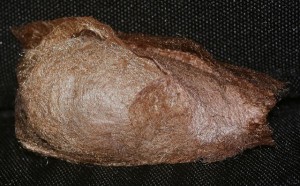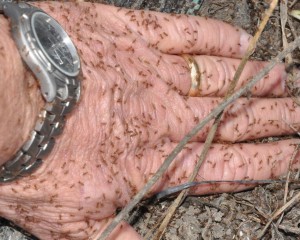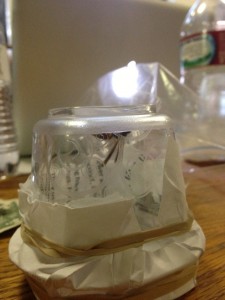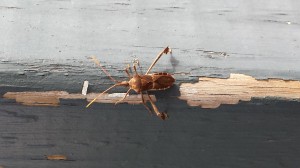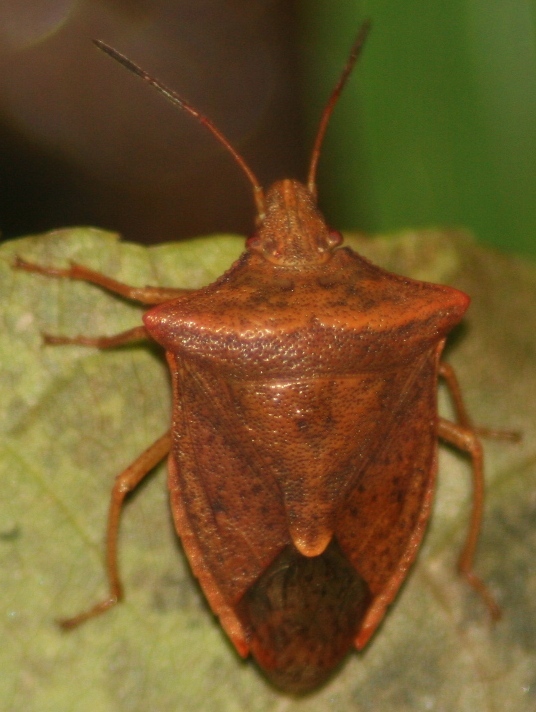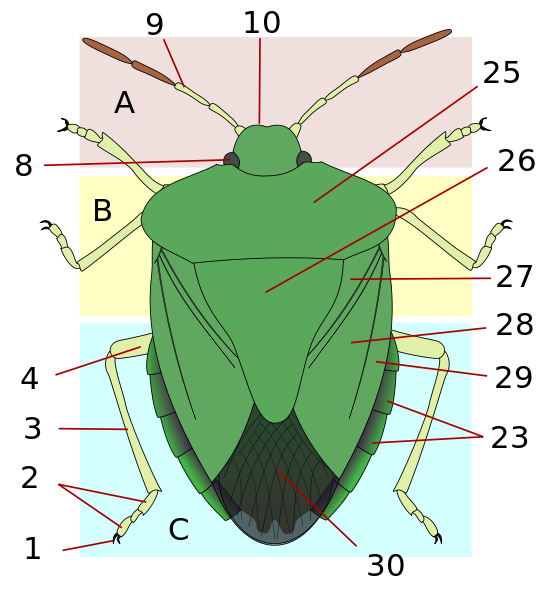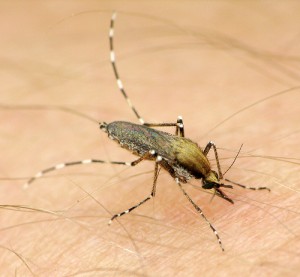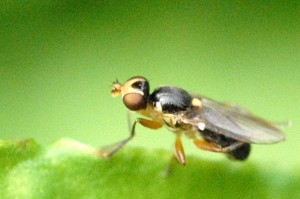When I was on a historical tour in China, I visited an antique silk factory in Fujian, China. Inside, there were swaths of unfinished silk rolls and a small shop selling a multitude of silk products. One of the main attractions was the beauty cocoons, as women grabbed as many as 10 bags while excitedly boasting the cocoons’ anti-aging and skin firming effects. Detailed instructions on using beauty cocoons can be found here.
The Bombyx mori, or the domesticated silkmoth, is part of the order Lepidoptera. Silkworms primarily eat mulberry leaves and their silk cocoons feed the booming demand for silk in the textile manufacturing industry. Perhaps alluded to by the tragic tale of Pyramus and Thisbe, where the gods stained the fruits of mulberry trees red to honor their star-crossed love, the silkmoth is also cursed with an ill-fated life.
Despite their proclaimed skincare benefits, silk beauty cocoons are obtained by boiling the cocoons of silkworms, killing the larvae inside. In fact, even if silkmoth caterpillars are allowed to live past their pupal stage, silkmoths emerge blind and have become so dependent on human captivity that they can no longer fly. However, misery loves company, and the Attacus atlas, better known as the Atlas moth, also succumbs to a similar tragic fate.
The Atlas moth looks like a small bird from the distance, with a record wingspan of 262 mm. The Atlas moth is a Lepidopteran with the largest known wing surface area, though not the longest wing size. While the unbroken white silk of B. mori is highly prized, the light brown silk cocoons of A. atlas is also widely used and harvested. These two types of silk have comparable physical properties, but differ in their chemical composition. The cocoons of A. atlas larvae are composed of broken strands of brown Fagara Silk, a durable silk used in clothing and purses.
The A. atlas does not only share its beautiful silk cocoon with the B. mori, as the Atlas moth also lives an unfortunate life. Although the Atlas moth does not emerge from its cocoon blind, its adult form lacks mouthparts, preventing it from eating. Instead, the Atlas moth feeds off its larval fat supply and consequently lives for only 1-2 weeks. Their extremely large size is also a disadvantage, and they must spend their short lifespan evading predators whilst trying to reproduce before they die.

Wingtips of the Atlas moth are similar in appearance to a snake's head. Photo Credit: http://www.learnaboutbutterflies.com/Caterpillar%20-%20Attacus%20atlas.htm
Despite the slew of misfortune the Atlas moth faces, they also have heavy defense mechanisms. When in danger, the Atlas moth will drop to the ground and fan its wings, using its wingtips to imitate the appearance of a snake’s head. The A. atlas larvae will also secrete a defensive irritant when its hemolymph pressure increases, as when it is attacked by predatory ants or birds.
Although we can sympathize the plight of the Atlas moth, the parallels between A. atlas and B. mori foreshadow future complications from human interference with insects. Like the harmful domestication effects on the silkmoth, I can only hope the Atlas moth will not meet the same end.


